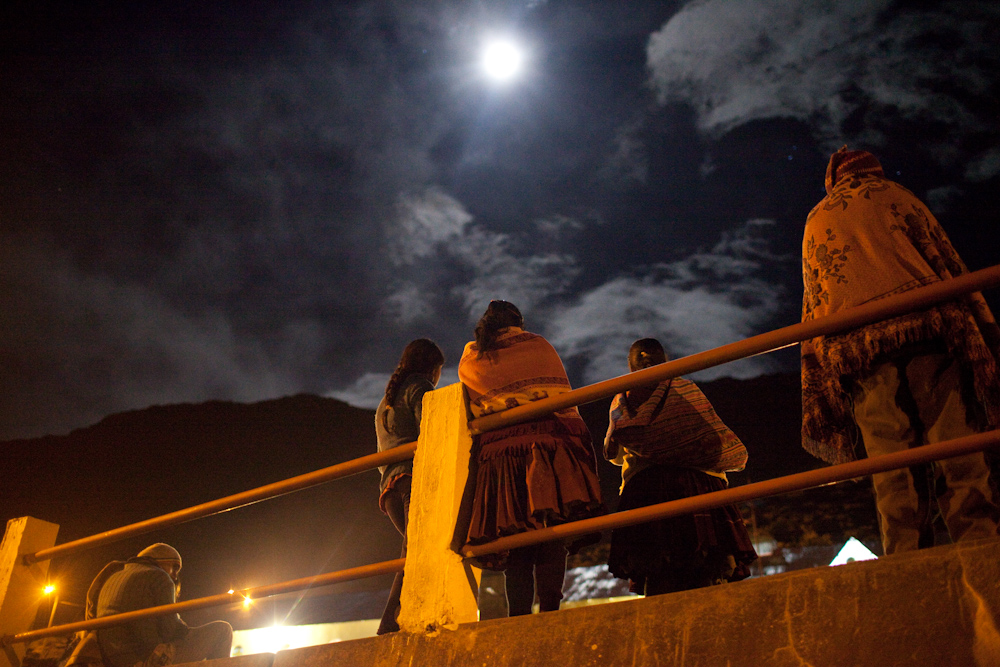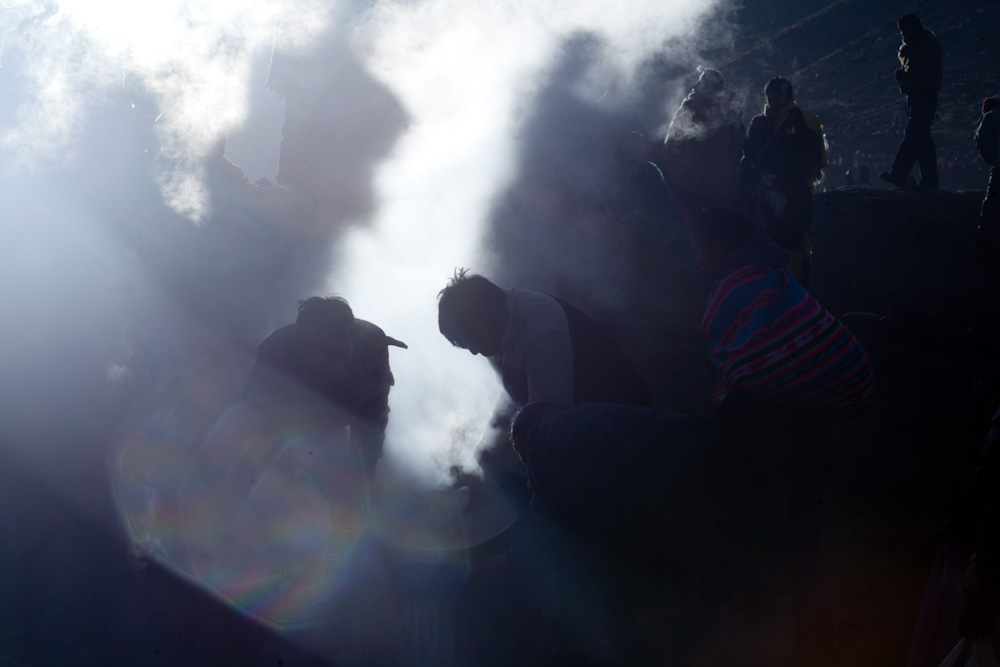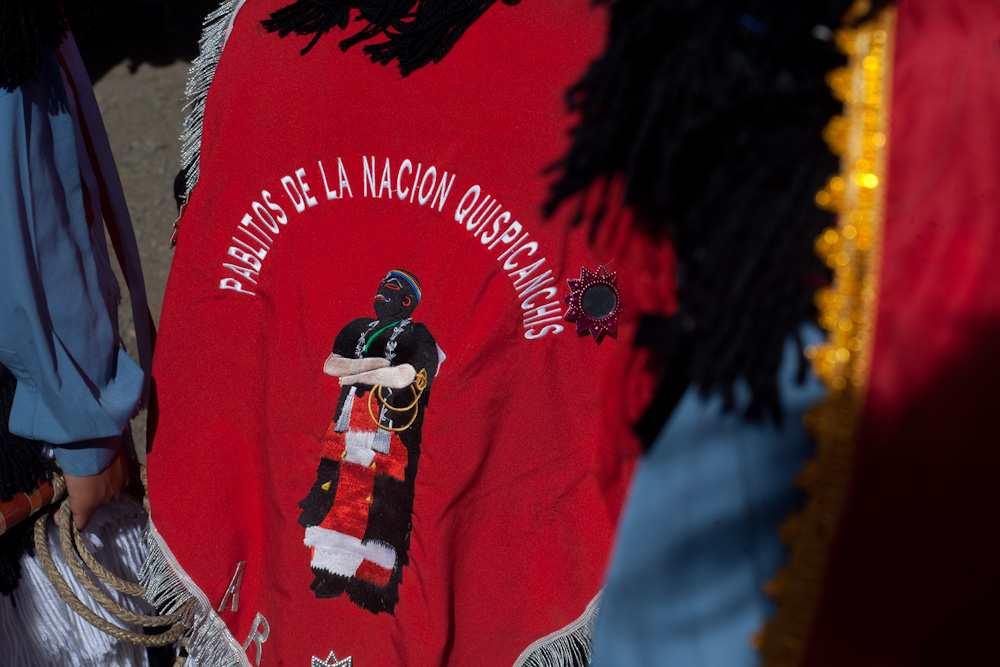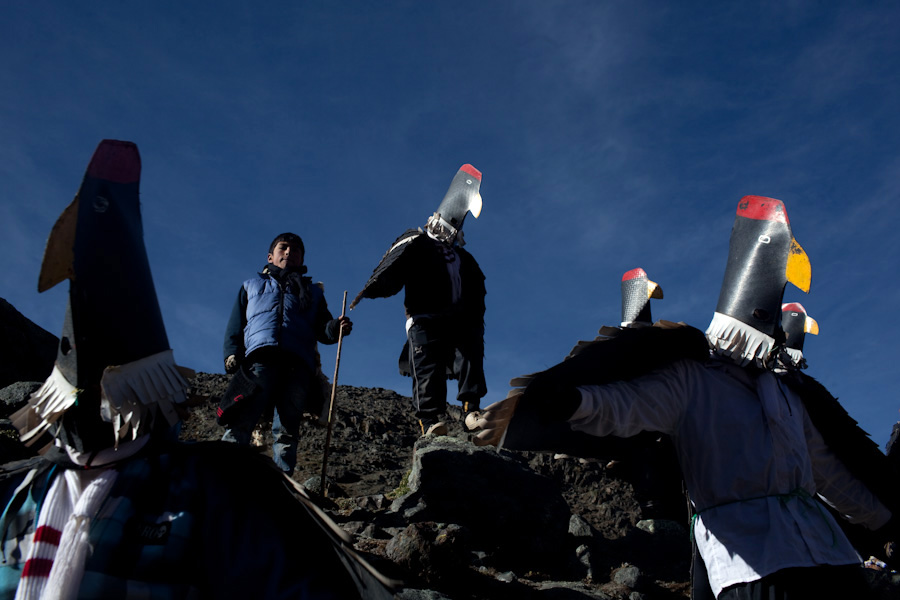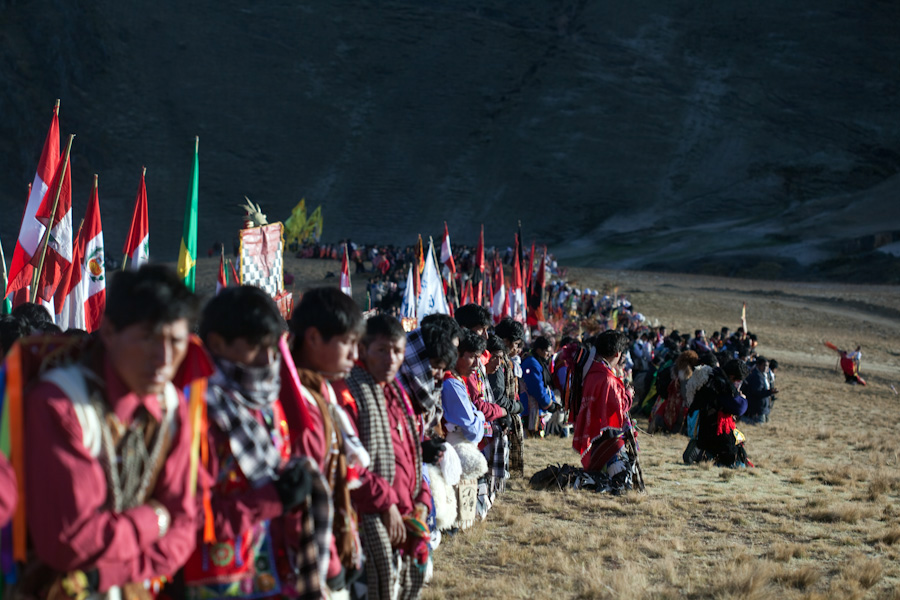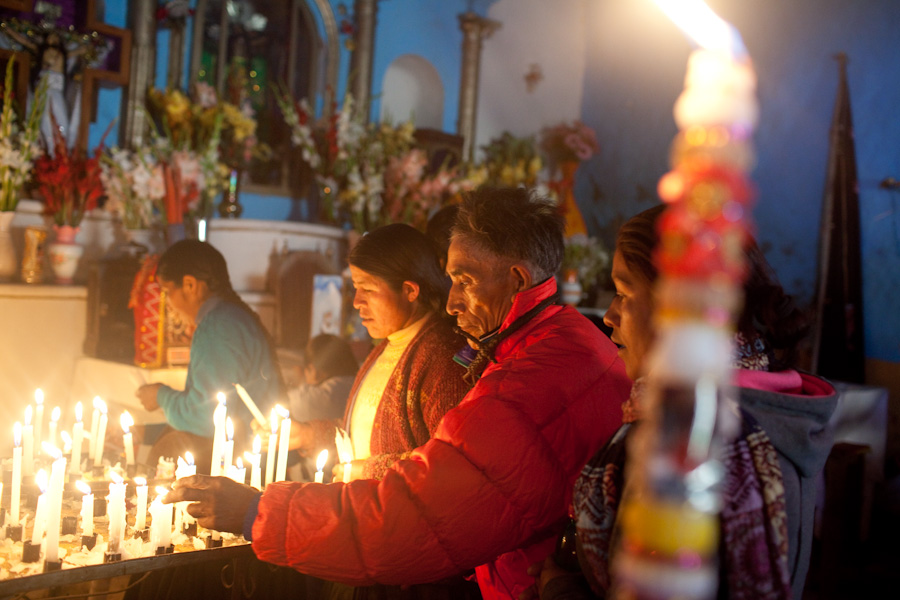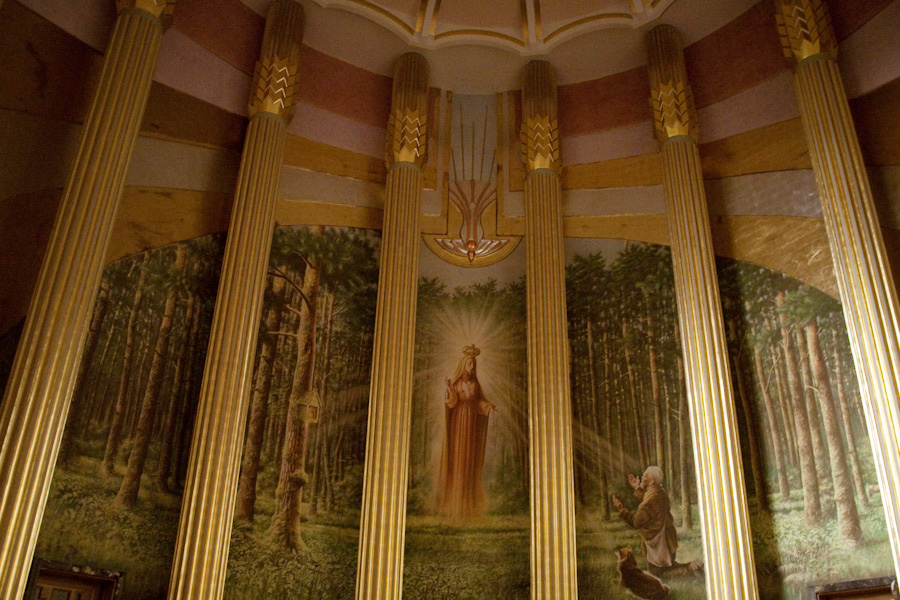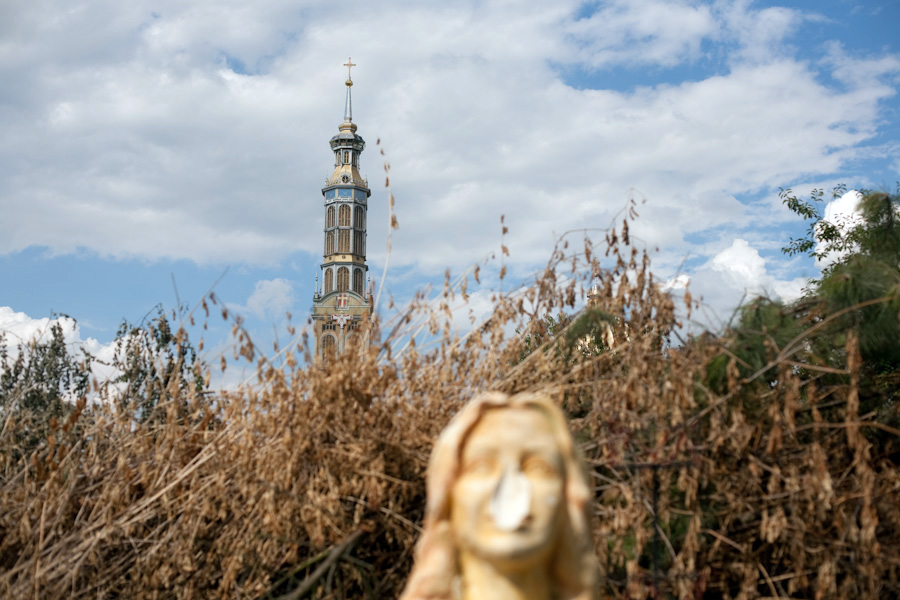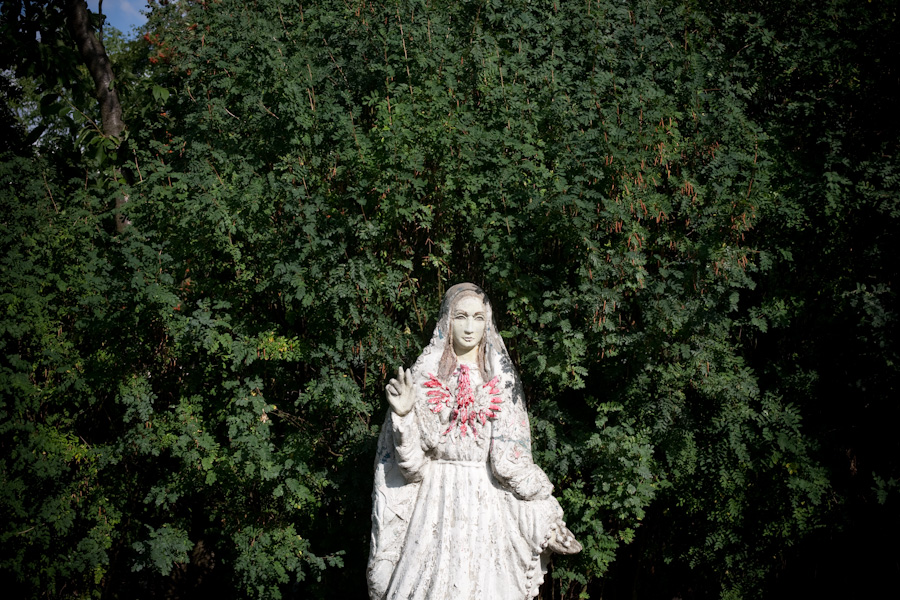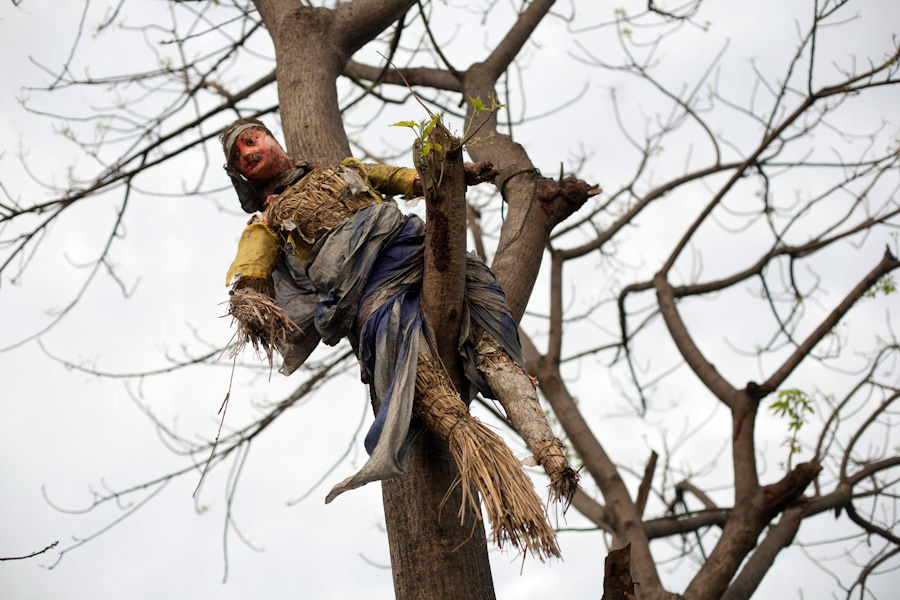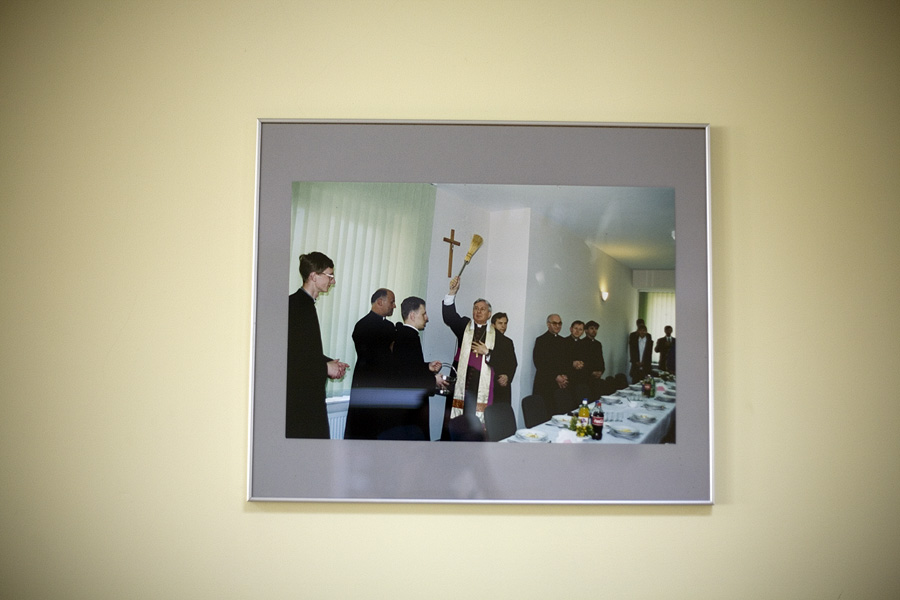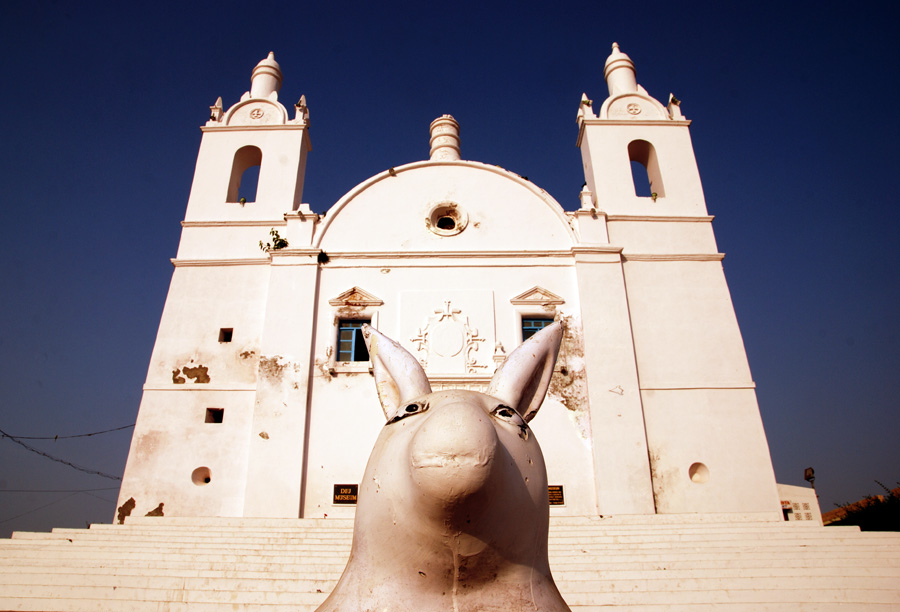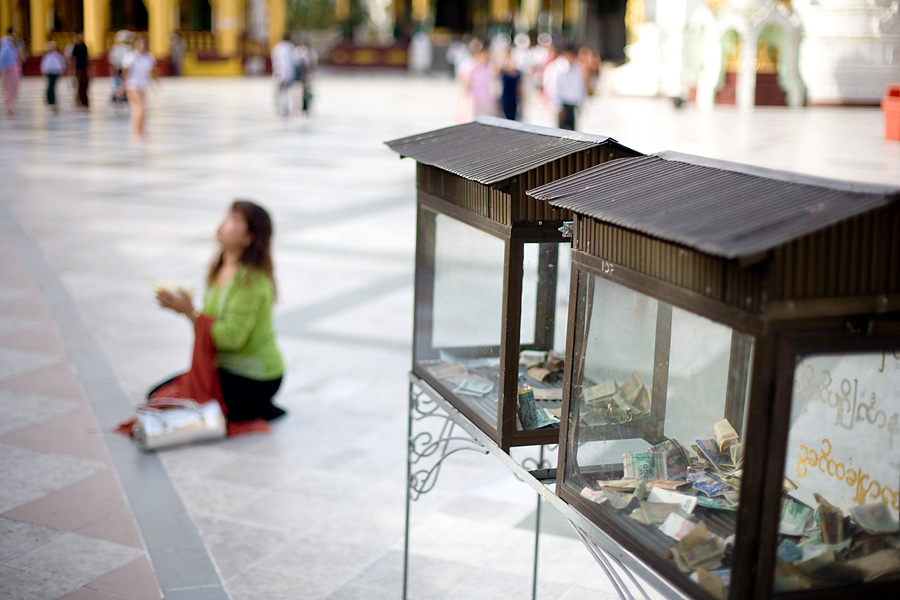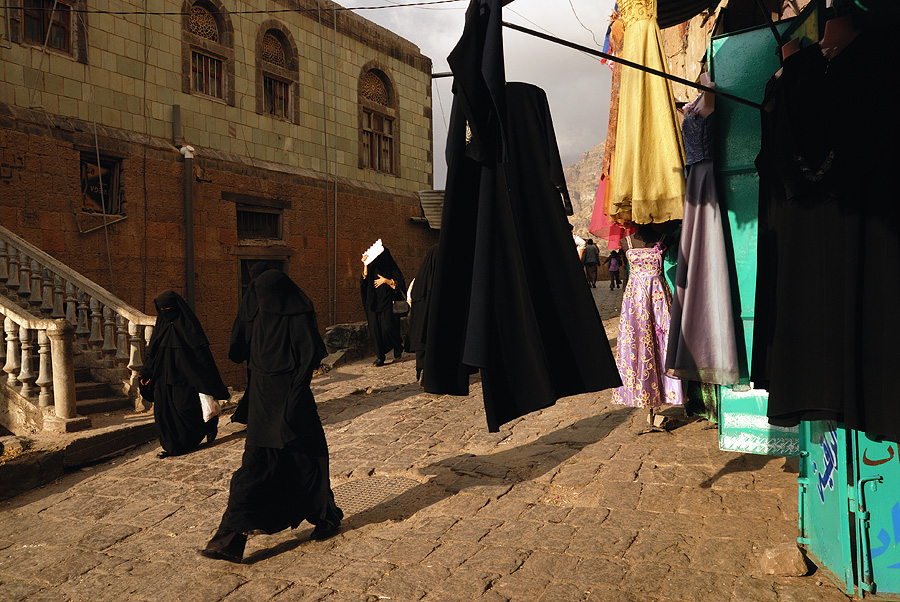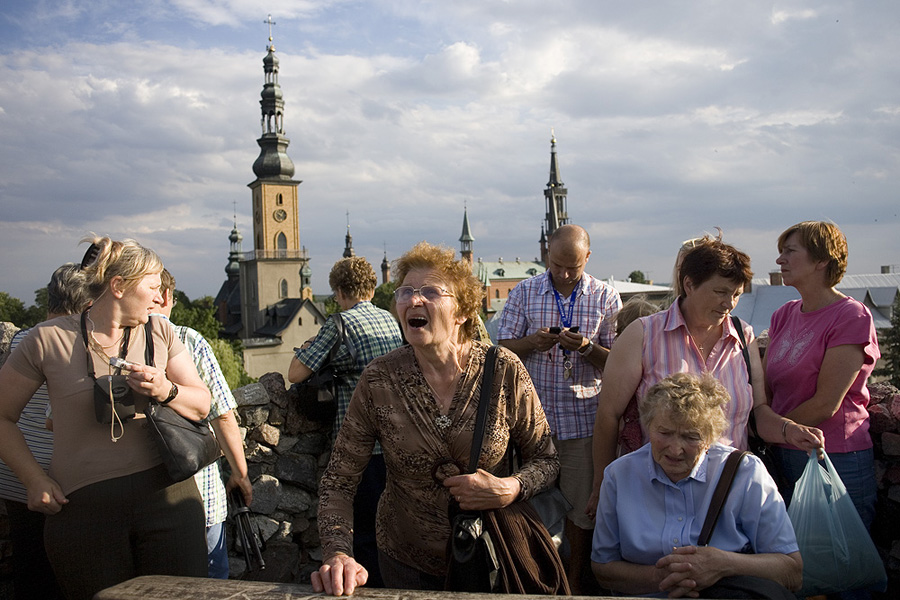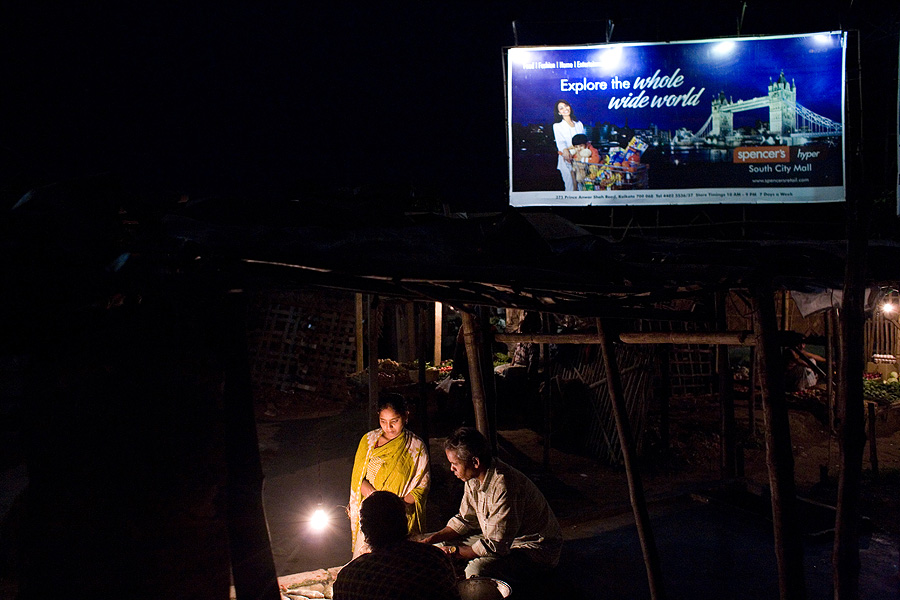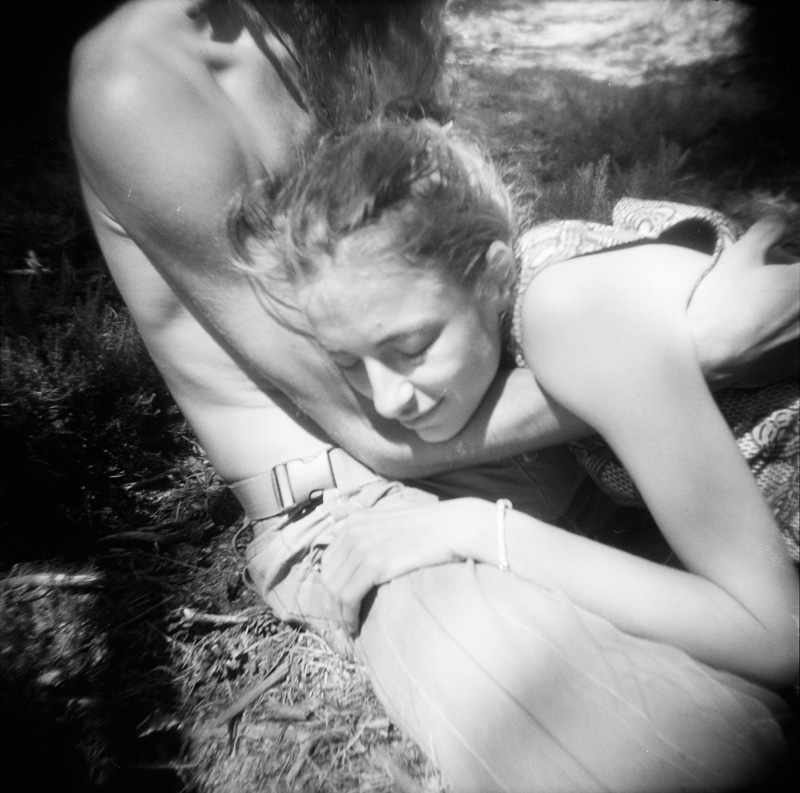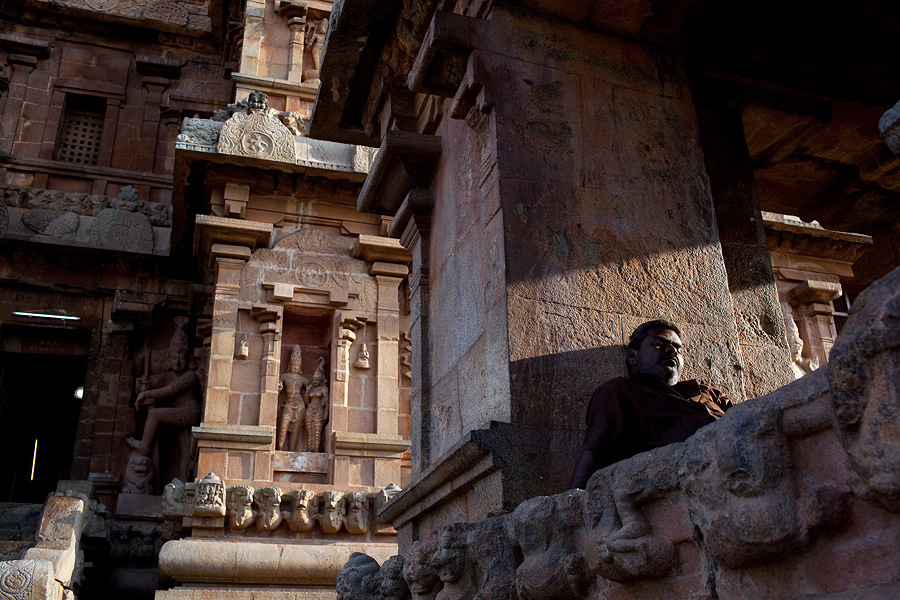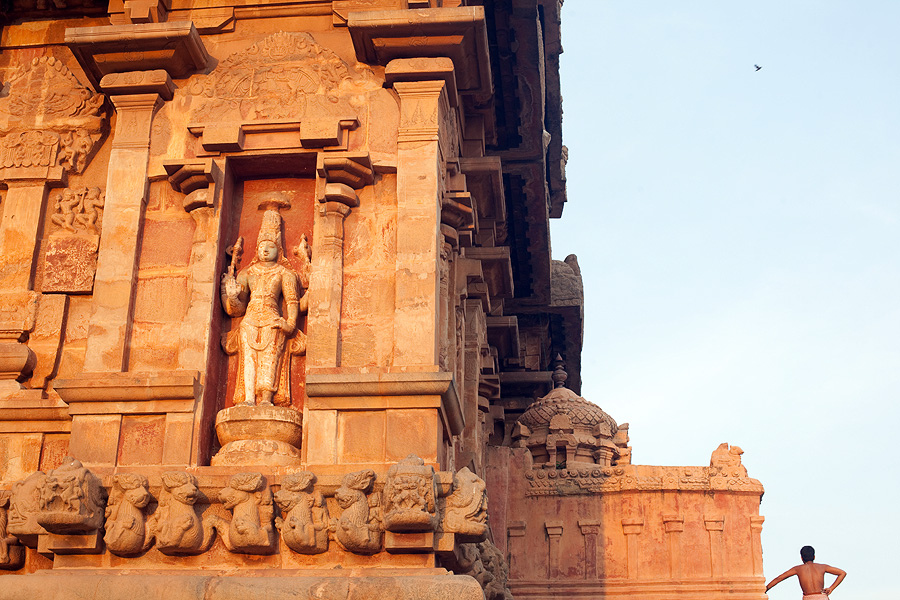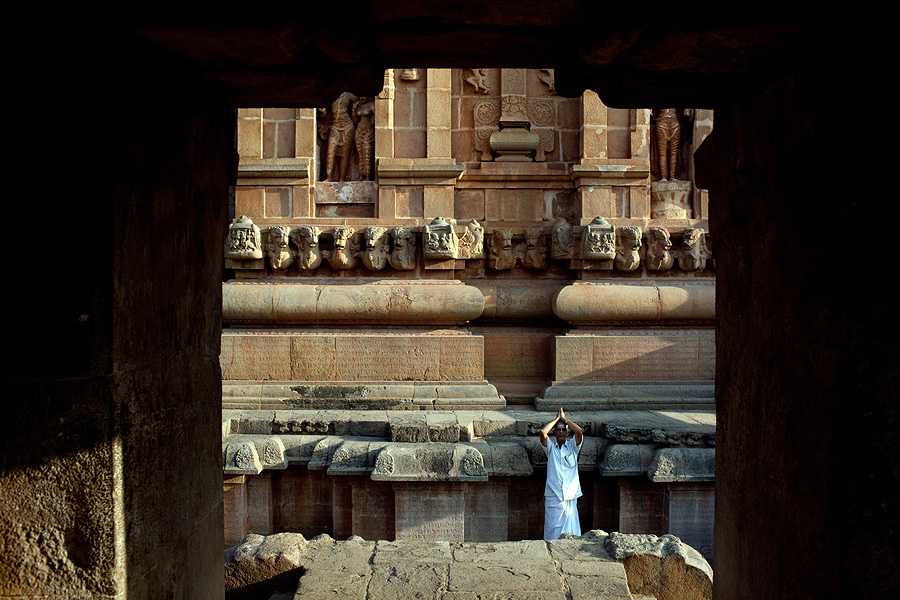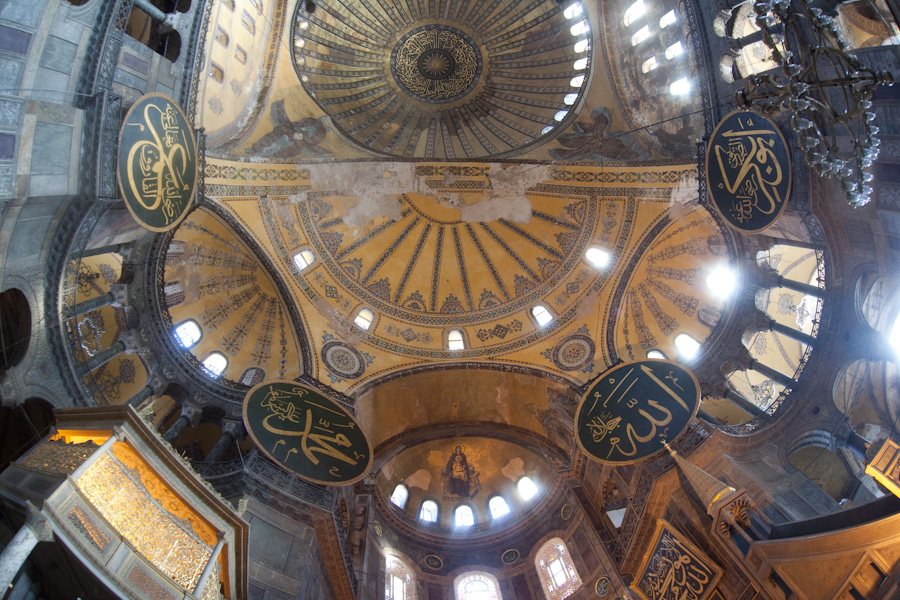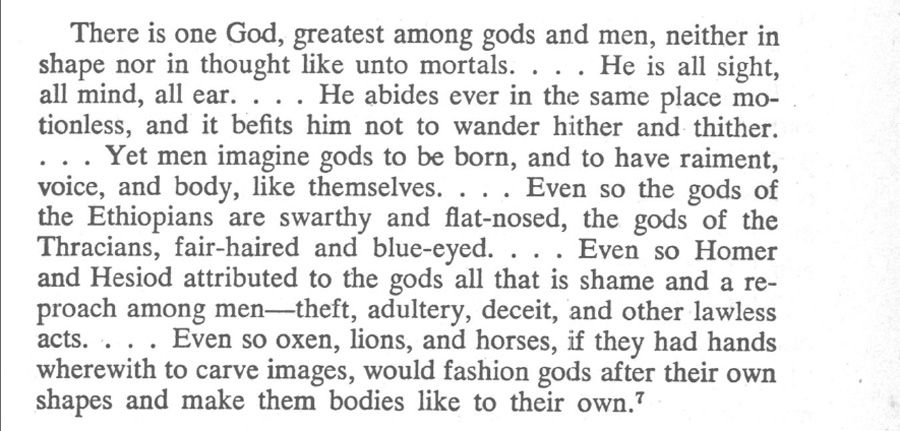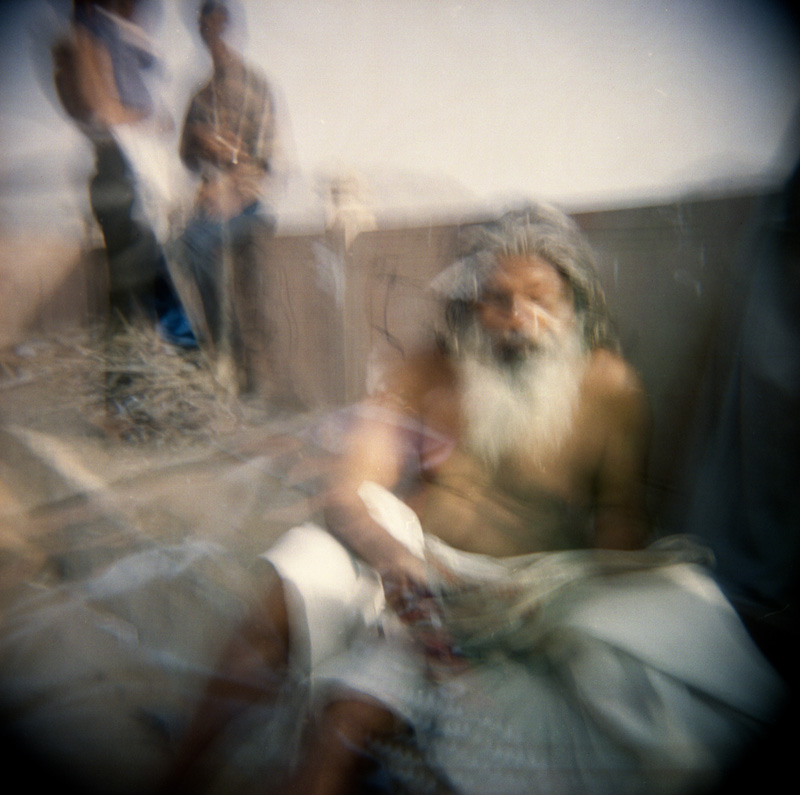Quyllur Rit’i (Quechua quyllur - star, rit’i - snow,”star snow”) or Star Snow Festival is a spiritual and religious celebration held annually in Sinakara Valley in Peru. Catholic church claims of course it is Christian event, honouring Lord of Quyllur Rit’i, but it is just one many traditions stolen from indigenous, conquered nations.
***
Quyllur Rit’i ( z języka Quechua quyllur – gwiazda, rit’i – śnieg, “gwiazda śniegu” ) czy też Festiwal Śnieżnej Gwiazdy to duchowe i religijne święto co roku obchodzone w dolinie Sinakara w Peru. Kościół katolicki twierdzi oczywiście, że to chrześcijańska impreza, ku czci Pana Quyllur Rit’i , ale jest to tylko jeden z wielu przykładów tradycji ukradzionych podbitym rdzennym populacjom, nie tylko w Ameryce Południowej.
The Inca followed both solar and lunar cycles throughout the year. However, the cycle of the moon was of primary importance for both agricultural activities and the timing of festivals, which reflected in many cases celebrations surrounding animal husbandry, sowing seeds and harvesting of crops. Important festivals such as Quyllur Rit’i, perhaps the most important given its significance and meaning, are still celebrated on the full moon.
***
Inkowie stosowali zarówno słoneczny jak i księżycowy kalendarz. Jednak to cykl księżyca miał pierwszorzędne znaczenie zarówno dla rolniczej aktywności jak i ustalania czasu festiwali, które w wielu wypadkach odpowiadały świętom związanym z hodowlą zwierząt, zasiewem czy zbiorami. Ważne festiwale takie jak Quyllur Rit’i, być może najważniejszy ze względu na swoje znaczenie, wciąż celebrowane są w pełnię księżyca.
The Quyllur Rit’i festival falls in a period of time when the Pleiades constellation, or Seven Sisters, a 7-star cluster in the Taurus Constellation, disappears and reappears in the Southern Hemisphere. The star movement signals the time of the coming harvest and therefore a time of abundance. For this reason Incan astronomers cleverly named the Pleiades “Qullqa” or storehouse in their native language Runa Simi (“human’s language”) or Quechua as it is also called.
***
Quyllur Rit’i przypada w okresie kiedy konstelacja Plejad, czy też Siedmiu Sióstr, grupa siedmiu gwiazd w Gwiazdozbiorze Byka znika i pojawia się z powrotem na południowej półkuli. Ruch gwiazd sygnalizuje porę nadchodzących żniw i tym samym czas obfitości. Z tego powodu inkascy astronomowie nazywali Plejady “Qullqa”, czy też spichlerz w ich języku Runa Simi ( “języku ludzi” ), czy też, jak inaczej się go zwie, Quechua.
Metaphorically, due to the star’s disappearance from the night sky and reemergence approximately two months afterwards is a signal that our planes of existence have times of disorder and chaos, but also return to order. This outlook coincides with the recent Pachakuti or Inca Prophecy literally translated from the two words pacha and kuti (Quechua pacha “time and space”, kuti “return”) where pacha kuti means “return of time”, “change of time” or “great change or disturbance in the social or political order”.
***
Metaforycznie , zniknięcie gwiazd z nocnego nieba i pojawienie się dokładnie dwa miesiące później można także interpretować tak, iż nasza egzystencja ma też czas nieporządku, chaosu, po którym nastaje przywrócony ład. Ta wizja pasuje do jednej z inkaskich przepowiedni, Pachakuti, określenie złożone z dwóch słów, pacha oraz kuti ( pochodzące z Quechua pacha to czas i przestrzeń, zaś kuti – powrót ), co oznacza dosłownie “powrót czasu”, “zmianę czasu”, czy też “wielką zmianę lub zaburzenie w społecznym i politycznym porządku”.
The prophecy therefore represents a period of upheaval and cosmic transformation. An overturning of the space/time continuum that affects consciousness. A reversal of the world. A cataclysmic event separating eras in time.
In the current pacha it is said that we will set the world rightside up and return to a golden era. This era will last at least 500 years. The andino people and their native historical culture will see a resurgence and rise out of the previous period of conquest and oppression and begin to thrive and return to a period of grandeur.
***
Przepowiednia ta zatem mówi o czasie zamętu i kosmicznej transformacji. Przewrót w czasoprzestrzennym kontinuum wpływający na świadomość. Odrzucenie świata. Kataklizm oddzielający ery.
W obecnym pacha jest powiedziane, iż nastąpi wywrócenie świata prawą stroną do góry i powrót do złotego czasu. Ta era potrwa co najmniej 500 lat. Ludy z Andów i ich rdzenna kultura odrodzi się i powstanie z czasu podboju i ucisku i rozkwitnie, powracając do epoki świetności.
The Pachakuti also speaks of the tumultuous nature of our current world, in particular the environmental destruction of the earth, transforming and returning to one of balance, harmony and sustainability. This will happen as we as a people change our way of thinking and become more conscious. Therefore the Pachakuti is representative of the death of an old way of thinking about the world in which we live, and an elevation to a higher state of consciousness. In this way, we can describe ourselves not as who we are or were, but who we are becoming.
***
Pachakuti mówi także o burzliwej naturze naszego współczesnego świata, w szczególności ekologicznej katastrofie grożącej Ziemi, przemianie i przywróceniu równowagi, harmonii i trwałości. Stanie się to dzięki przemianie ludzkiego myślenia i wzroście świadomości. Pachakuti reprezentuje zatem śmierć starego sposobu myślenia o świecie w którym żyjemy i podniesienie na wyższy stan świadomości. Możemy teraz opisać się nie poprzez to kim jesteśmy lub kim byliśmy, ale kim się stajemy.
When the Spanish came to the lands of Inca, the latter were in one of their chaos periods, transition time from one era to another, pachakuti, transition from rule of one god to another, from one set of values to another, from world dominated by solar Inti to one under dominion of chtonic Viracocha.
***
Kiedy Hiszpanie dotarli na ziemie Inków, ci byli właśnie w jednym z ich okresów chaosu, czasie przemiany z jednej ery do kolejnej, z rządów jednego boga do czasu drugiego, z jednego systemu wartości do innego, ze świata którym władał solarny Inti do zdominowanego przez chtonicznego Wirakoczę.
That transition was interrupted by Spanish conquest and never completed as if solar, Apollinian Yahweh entered the scene to aid Inti and continue rule of their ways on global scale for nearly half a millennium, to be slowly dissolved within the world of the conquerors in their materialist crisis of meaning, and at the same time kept but adapted and transformed by the conquered population.
***
Przemiana ta została przerwana przez hiszpański podbój, i nigdy nie doprowadzona do końca, jakby słoneczny, Apolliński Jahwe wkroczył na scenę z pomocą dla Inti, aby kontynuować rządy w ich stylu na globalną skalę, przez prawie pół tysiąclecia, stopniowo słabnące i rozpuszczane w świecie samych zwycięzców, podczas ich materialistycznego kryzysu znaczenia, a w tym samym czasie zachowane, ale zaadaptowane i przemienione przez podbitą ludność.
Numerous Andean messianic movements of the past 450 years have been based on belief that this period of chaos would come to end and new order established by Viracocha. Therefore what Spaniards, worshiping jealous sky god helped to prolong, the high ( hanan ) values of sun and light, will soon give way to the chtonic, and lunar world of Goddess, values of the low ( hurin ), moist and ambiguous, beyond dualism, a world where the trickster thrives.
***
Liczne mesjańskie ruchy z Andów w ciągu ostatnich 450 lat oparte były na wierze, że ten czas chaosu zakończy się i przywrócony będzie nowy porządek pod panowaniem Wirakoczy. To zatem co Hiszpanie, czczący zazdrosnego boga niebios pomogli przedłużyć, te wysokie ( hanan ) wartości słońca i światła wkrótce ustąpią chtonicznemu, lunarnemu światu Bogini, wartościom z dołu ( hurin ) , wilgotnym i dwuznacznym, poza dualizmem, światu gdzie jest miejsce dla trickstera.
Simple and naive is the division that placed on pedestal so called high morals and absolute good, and pushed wild, Dionysian side of life into realm to be feared and denied, it is already obsolete in practice in the world where leisure, fun and party are everything, and that side will need to be rehabilitated in order to restore balance.
***
Prostym i naiwnym jest ten podział, który wstawił na piedestał tak zwaną moralność, opartą na nieskażonym, absolutnym dobru, i zepchnął dziką, dionizyjską stronę życia ( a z nia seks, ciało, zabawę, ziemię ) do krainy jakich trzeba ponoć się obawiać i wypierać. Taka wizja świata jest w praktyce już teraz przestarzała, wobec rzeczywistości ( co zabawne, przez konserwatystów zwanej cywilizacją śmierci ) w której przyjemność, zabawa i szał jest wszystkim. Teraz jednak ta strona musi znaleźć swoje uzsadnienie aby nie pochłonęła całości, musi być zrehabilitowana i znaleźć swoje miejsce aby równowaga została przywrócona.
If the Great Change was to be complete, dominator culture , competitive legacy of Bronze Age warriors and Middle Eastern shepherds mentality needs to give way to cooperation and partnership, fixed boundaries to flow, acceptance of change, world vision and morality of desert to ways of the jungle, and book and letter of the Law to intuition, flexibility and direct experience. How soon, remains to be seen, but too many signs say it is more than wishful thinking. It has been too long, this era.
***
Jeżeli Wielka Zmiana ma dokonać się do końca, konkurencyjne, dominacyjne wartości z mentalności bliskowschodnich pasterzy, dziedzictwo epoki brązu, muszą ustąpić współpracy i partnerstwu, sztywne granice przepływowi, akceptacji zmian, wizja świata i moralność ludów pustyni stylowi z tropikalnego lasu, a księga i litera Prawa intuicji, elastyczności i bezpośredniemu doświadczeniu. Jak szybko, to się okaże, ale zbyt wiele wskazuje na to, że to coś więcej niż tylko pobożne życzenia. Zbyt długo trwała już dotychczasowa era.
DISCLAIMER :
none of the above is to be taken very serious, take it all with a pinch, as much as you want, a fistful of salt… the truth is lost somewhere , who cares , these are all just words, they used to belong to someone , now I arranged them this way, but it could be done in another too. Be good and eat your vitamins and you will grow to be 100.
***
UWAGA :
Nic z tego co powyżej nie powinno być traktowane serio, do wszystkiego proszę wjebać szczyptę soli, a jak chcecie, i garść. To tylko słowa, wcześniej kogoś, skadś troche sobie zabrałem, można je poukładać tak, można inaczej. Bądźcie po prostu dobrzy i jedzcie swe witaminki a dożyjecie stówki :


